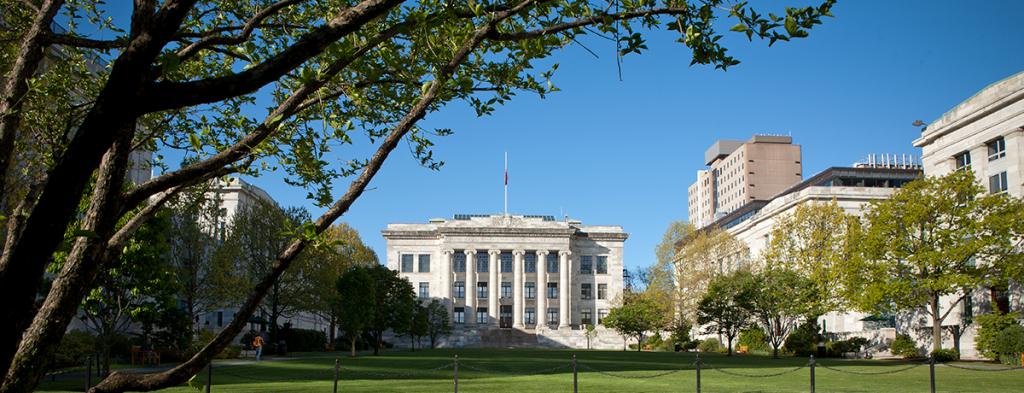HMS strives to cultivate an environment that promotes inclusiveness and collaboration and to create new avenues for discussion that will advance our shared mission to improve the health of people throughout the world.
The HMS Office for Diversity Inclusion and Community Partnership has compiled a list of anti-racism resources. Included are articles, books, films, organizations, videos, webinars, and podcasts.
Additionally, you can find racial and social justice resources available to the HMS, HSDM, and broader Harvard University community, as well as information on how you can get involved, learn, and donate.
Better Together: Task Force on Diversity and Inclusion Report
The HMS Task Force on Diversity and Inclusion has released its final report, which highlights four key themes: develop people and infrastructure, build community and belonging, address culture and communication, and hold accountable and generate knowledge. Within each theme, the Task Force summarized what is working, noted areas for improvement, and made recommendations.
This work serves as a springboard for an ambitious, long-term effort entitled Better Together. The goal of this effort is to implement the Task Force’s recommendations, with the priority of establishing HMS as the institution of preference for diverse candidates.
As such, we strive to increase the representation of historically marginalized individuals—those underrepresented in medicine, those with disabilities, those who identify as LGBTQ and women—at all academic levels, particularly senior faculty and department administrators and leaders, both at HMS and at its affiliated hospitals and research institutions. Better Together also acknowledges a shared responsibility and potential to address issues of health disparities, equity, and social justice.
Convened by Dean George Q. Daley, AB ’82, MD ’91, PhD and chaired by Dean for Diversity and Community Partnership Joan Y. Reede, MD, MPH ’90, SM ’92, MBA, the Task Force included 36 administrators, faculty, staff, and students. Their community-wide assessment included input gathered through town meetings, focus groups, site visits, website portals, and surveys.

